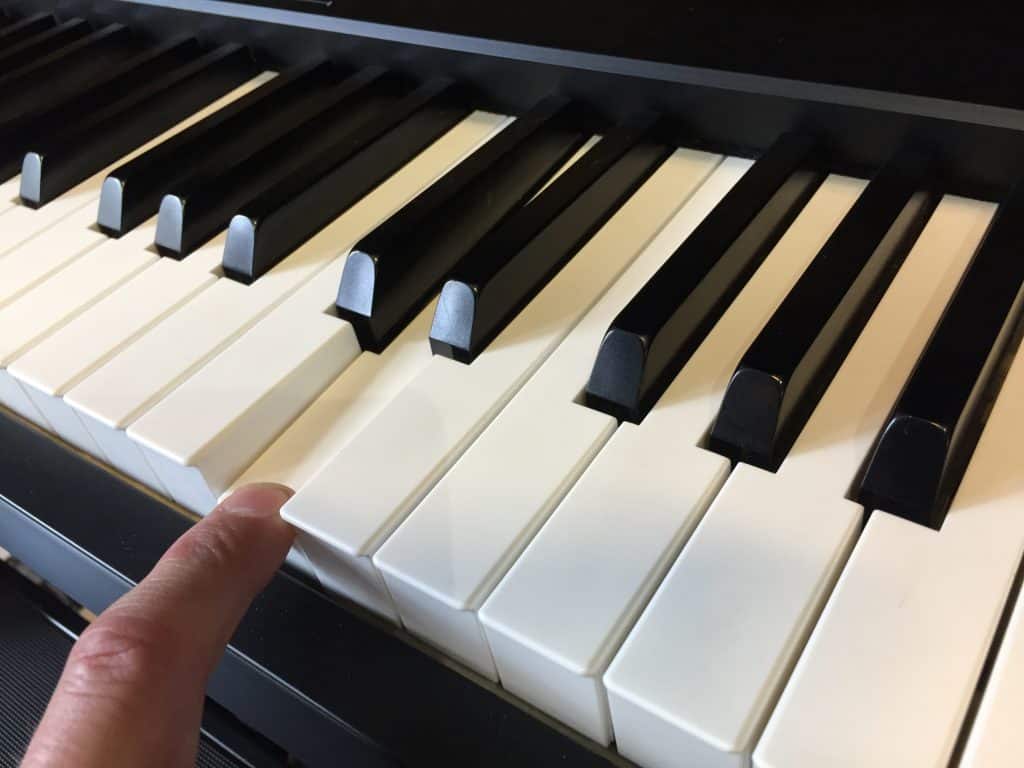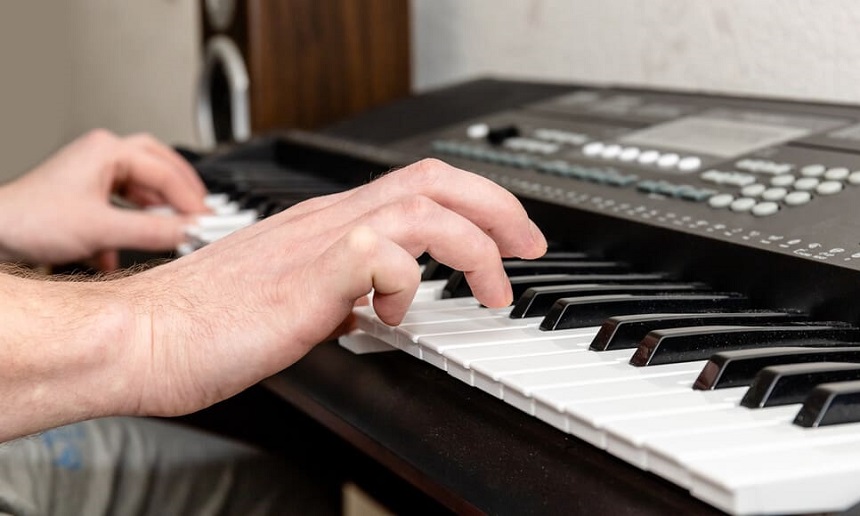
Keyboards are an amazing invention in the musical world. You have a piano that can rest on your lap and even play sounds that pianos wouldn’t normally be able to. If you’ve ever done research in looking for a new keyboard, you will have seen all the variations of keyboards that are out there. You may have also heard the term polyphony in your search. But what is polyphony, and why is it important in the world of keyboard shopping? Let’s dive into what polyphony is.
The term polyphony has multiple meanings depending on the form that you use. In its literal sense, the term polyphony means many voices according to its Greek roots Trusted Source Polyphony Definition & Meaning - Merriam-Webster The meaning of POLYPHONY is a style of musical composition employing two or more simultaneous but relatively independent melodic lines : counterpoint. www.merriam-webster.com . This term has shifted in how it’s used for keyboards, but the idea remains the same. For keyboards, the term polyphony refers to how many notes or sounds a keyboard can play at a singular time. Basic keyboards can’t play that many, but the more professional keyboards have a wider range. In a vocal setting, polyphony relates to the technique of counterpoint. There are different lines or layers of voices that works to add depth to the musical piece. Think of it as each person in the choir having a conversation. Each voice added is a new layer of communicating with the others. The more people you have singing, the wider the polyphony range is.

Again, polyphony on a digital piano refers to how many notes a keyboard can play at a singular time. Knowing what polyphony Trusted Source Keyboard Playing and the Mechanization of Polyphony in Italian Music, Circa 1600 Keyboard instruments are ubiquitous in the history of European music. Despite the centrality of keyboards to everyday music making, their influence over the ways in which musicians have conceptualized music and, consequently, the music that they have created has received little attention. escholarship.org is on a keyboard is highly important if you want to get the perfect keyboard to suit your needs. Now, if you are new to learning about keyboards and finding one that suits you, you probably wonder what we mean by how many notes a keyboard can play. We only have two hands, so the maximum notes that can be played are the number of notes our fingers can touch, right? The way that the peddle can carry on a note creates different sounds, adding to more sounds that can be played at a given time. The polyphony that a piano has largely depended on how many keys a keyboard has. You can find many tiny, or Midi, keyboards that have a lower number of keys and a lower polyphone. Though, you can still find some small keyboards with strong polyphony aftertouch.
Polyphony is what allows you to have as wide of a range of notes as your keyboard allows. If you are a beginner, you will be okay with smaller keyboards with less of a polyphony range. Find some great keyboards for beginners here or at this location if you need a budget. If you want to play gigs and learn a wide variety of songs, you will need a keyboard that can play a wide variety of notes. This is also true if you want to play songs with many chords and layers in how the music is composed. You won’t be able to get away with playing songs with high levels of polyphony if your keyboard doesn’t have the polyphony ability.
The most common polyphony that you will see on keyboards is 128. This is for full-sized keyboards that have 88 keys. You can also find full-sized keyboards with a polyphony of 64. Both work well with many songs, but again, if you want to have the most variety possible with your musical abilities, get a keyboard with a polyphony of 128. If you are looking at a keyboard with 61 keys or even just a cheaper full-sized keyboard, those will have a polyphony of 64. The smaller and cheaper you go, the less depth you can have with the songs that you play.
A polyphony of 64 is not the lowest that you can go! While you are limited in the songs that you play when you have a lower polyphony, the keyboards are usually much cheaper. You can still play a variety of songs when you have a lower polyphony, and that limit can be really good for those who are beginning to learn the keyboard. Reviewers have rated the YAMAHA YPT260 61 key keyboard as a high-quality keyboard even though it has a polyphony of 32. This keyboard is portable and very budget-friendly. If you want a keyboard with a bit more substance to it, reviewers have expressed a liking for the Alesis Melody 61 key keyboard. This keyboard sets you up to learn how to play by getting three months of Skoove premium for free.
The average keyboard player can get away with using keyboards with a polyphony of around 64. However, there are a few circumstances where you should focus on getting a keyboard with at least a polyphony of 128. Do you want to play mainly classical music? If the answer is yes, you will want a higher polyphony to be able to recreate the classical pieces you will come across. Get at least a polyphony of 128 when playing classical.
Do you want to play professionally? Professionals need to have a high-quality keyboard with a full 88 keys and at least 128 polyphonies. This allows them to play the wide variety of songs that they might be asked for. You need to have a strong tool as a professional, so a high polyphony keyboard is necessary.
Do you want to teach others how to play the keyboard? As a teacher, you will need to have a high-quality keyboard with a high polyphony. This allows you to teach so much more to students, especially if you are working with a student that has already covered the basics. Besides, having a good keyboard means it can hold up better to the destructive hands of children.
The keyboard is a lovely instrument. It’s portable, not too difficult to learn, and isn’t super expensive. Anyone can get and start to learn how to play the keyboard. When you are researching what keyboard you want to get, make sure to be on the lookout for what polyphony the keyboard is. Remember, not all polyphonies play the same way, and you will be much more restricted if you opt for the lower polyphony. Get the keyboard that suits your needs the best. There are many attributes you need to be on the lookout for when researching, but following a guide makes the buying process much easier. Always remember to allow yourself to have fun while playing. What’s the point in buying a keyboard when it doesn’t make you happy?